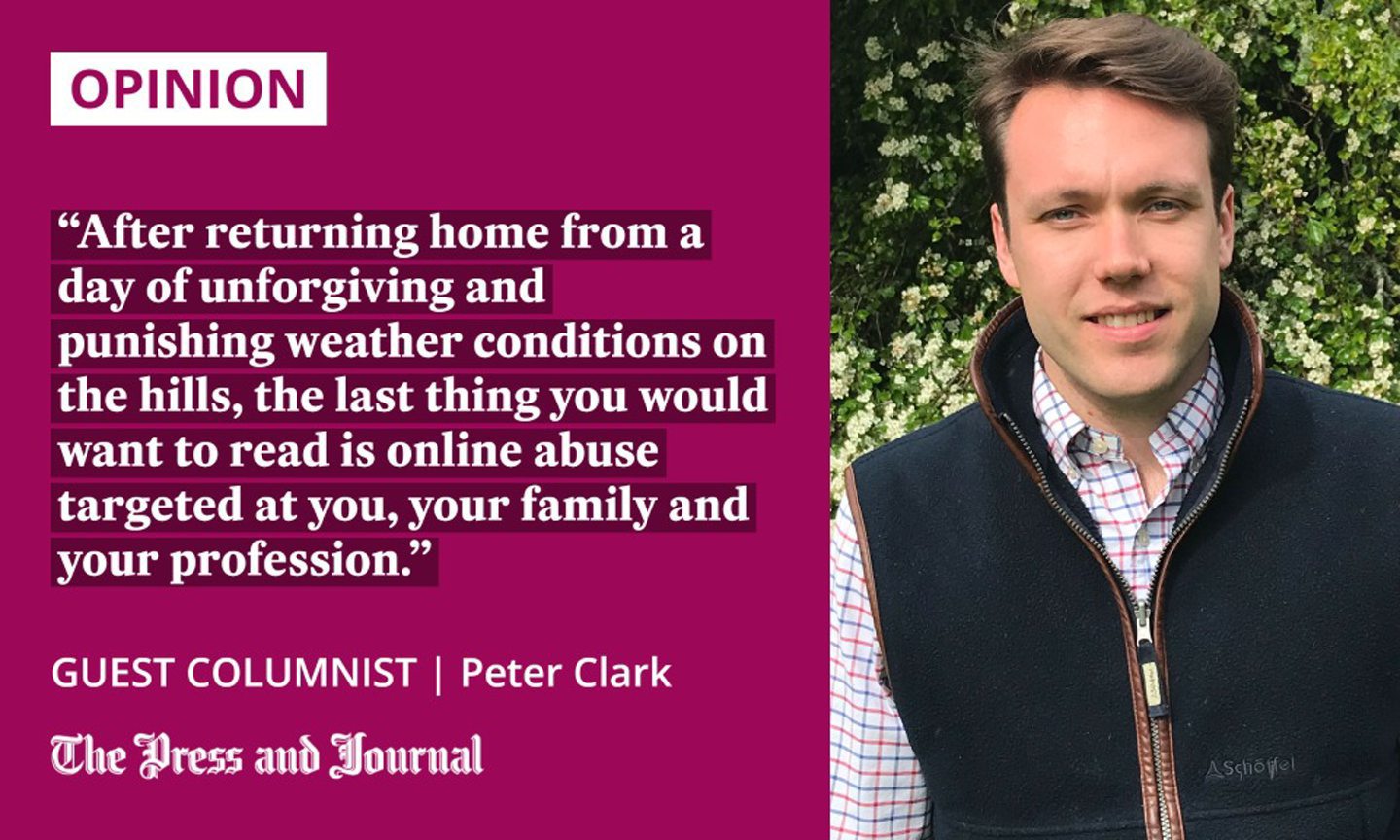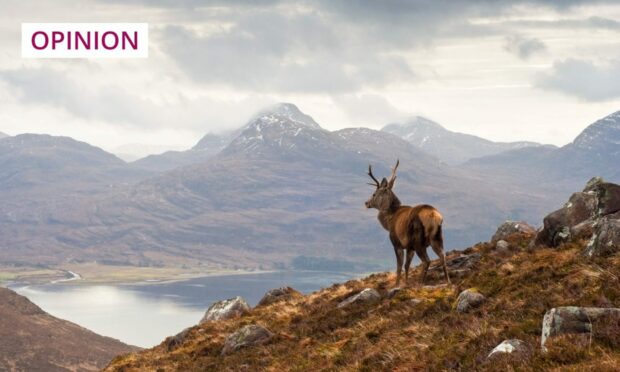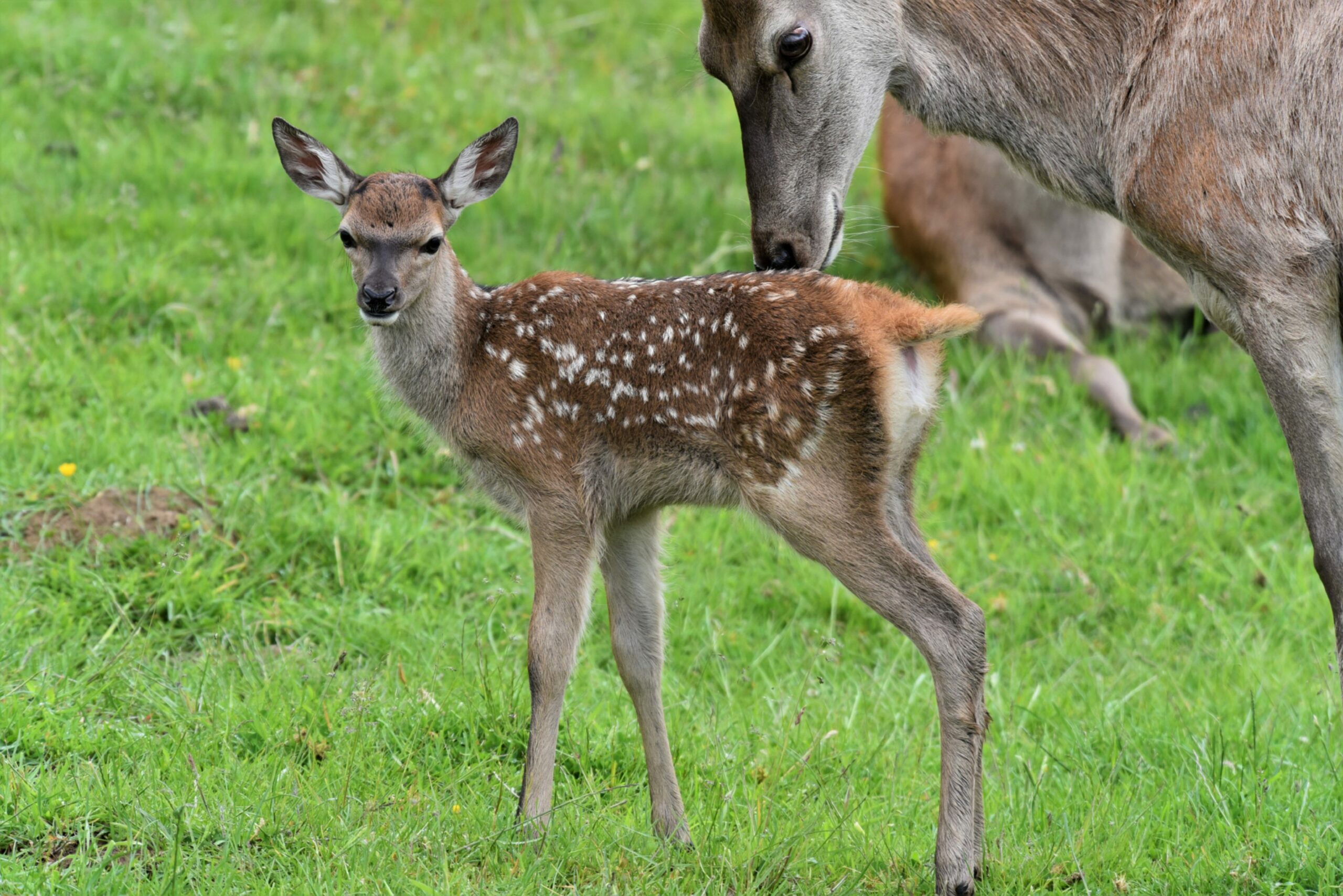We often hear of the regular and unwarranted abuse that key workers face, from hardworking paramedics to police officers fighting crime on the frontline.
Plastered across train stations, hospitals, police stations and schools are posters and other reminders to the public that, rightly, there will be zero tolerance when it comes to abuse of all key workers.
Yet, there are many key workers who do not receive the support they deserve. Across rural Scotland, the untold and far less commonly reported abuse directed at Scotland’s gamekeepers and deer managers is not immediately evident to see, nor is there widespread recognition that it occurs.

Gamekeepers are, first and foremost, key workers, without whom Scotland’s iconic landscapes would be devoid of the plethora of flora and fauna that we see on our moorlands, forests and glens.
Worrying trends were identified in research undertaken by Scotland’s Rural College, revealing that two-thirds of gamekeepers surveyed had experienced abuse. Moreover, half of gamekeepers included in the research had been impacted by rural crime, including hare coursing and deer poaching.
Gamekeeping is not an easy job: it requires exceptionally hard graft. After returning home from a day of unforgiving and punishing weather conditions on the hills, the last thing you would want to read is online abuse targeted at you, your family and your profession. Yet, this is the reality for many gamekeepers every single day.
‘De facto’ custodians of iconic landscapes
In very remote parts of Scotland, gamekeepers work hard, restoring peatland, exercising deer management, controlling predators, managing moorlands and planting riparian woodlands to protect salmon spawning pools.
Unequivocally, this work contributes to Scotland’s efforts to achieve net zero targets. Scientific studies by Game and Wildlife Conservation Trust show that waders breed up to three times more successfully on grouse moors, benefiting from legal predator control and habitat management by the gamekeepers.
Simply put, they are the “de facto” custodians of iconic landscapes. MSP Rachael Hamilton eloquently articulated this in an exchange with the first minister at Holyrood, during the final session of First Minister’s Questions.
Rightly, Nicola Sturgeon acknowledged the importance of rural workers, “not just to our rural communities, but to the health and wellbeing and prosperity of our country overall”. Is this finally proper recognition of gamekeepers’ endeavours in managing Scotland’s iconic landscapes, or is it merely a sound bite, said at a time when the political landscape is changing?
If we are to stem the flow of abuse, misinformation, and ill-feeling towards those who truly keep Scotland beautiful, there has to be a seismic change
Regardless, given that the economic value of shooting benefitting Scotland is £200 million per annum, as well as the vast environmental value, this recognition is long overdue. Yet, the recognition does not solve the ongoing issue of abuse.
We need greater protections for rural workers
The problem is complex and geographically dispersed, yet a possible solution has been found. The British Association for Shooting and Conservation (BASC) Scotland and other rural organisations – such as the Gamekeepers’ Welfare Trust and Scottish Gamekeepers’ Association, to name a few – want to work with the environment minister to develop a taskforce to address these substantive issues.
The shared vision for the taskforce will consist of a range of rural stakeholders, including the Scottish Partnership Against Rural Crime (SPARC), Police Scotland and NatureScot, acting as a conduit to achieve government policy changes to ensure gamekeepers are not left disadvantaged.
Is it a silver bullet which will see change enacted overnight? No, but it will go a long way towards addressing systemic issues which have led to the escalation in recent abuse.
BASC Scotland and others will work vociferously so that the much-desired taskforce comes to fruition. A meeting is planned with the environment minister in due course, and we will relish the opportunity to stand up for our rural workers.
In the future, greater protections for rural workers might have to be considered. Indeed, if we are to stem the flow of abuse, misinformation, and ill-feeling towards those who truly keep Scotland beautiful, there has to be a seismic change in how gamekeepers are perceived and valued in society.
Peter Clark is public affairs manager for the British Association for Shooting and Conservation (BASC) in Scotland



Conversation